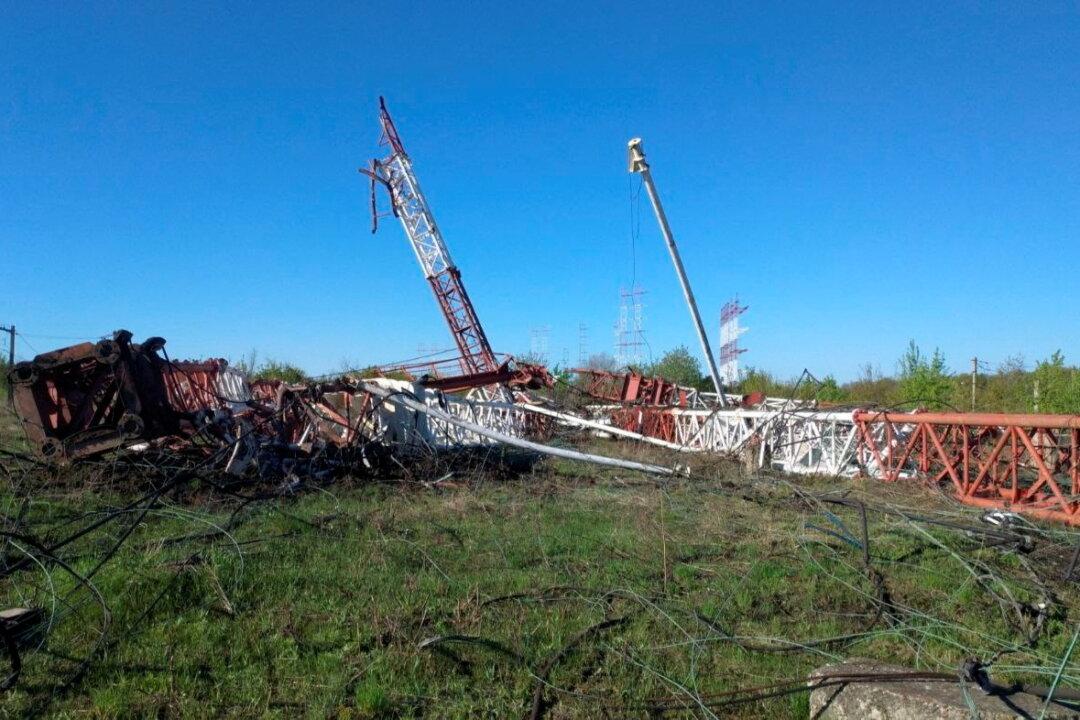Researchers in the Philippines said the Taal volcano is showing magmatic activity that may indicate another eruption is imminent, with emissions of dirty-white plumes and volcanic earthquakes recorded weeks after its initial eruption.
The Philippine Institute of Volcanology and Seismology (PHIVOLCS) said on Feb. 3 that it had recorded at least 134 volcanic earthquakes in the past 24 hours.





